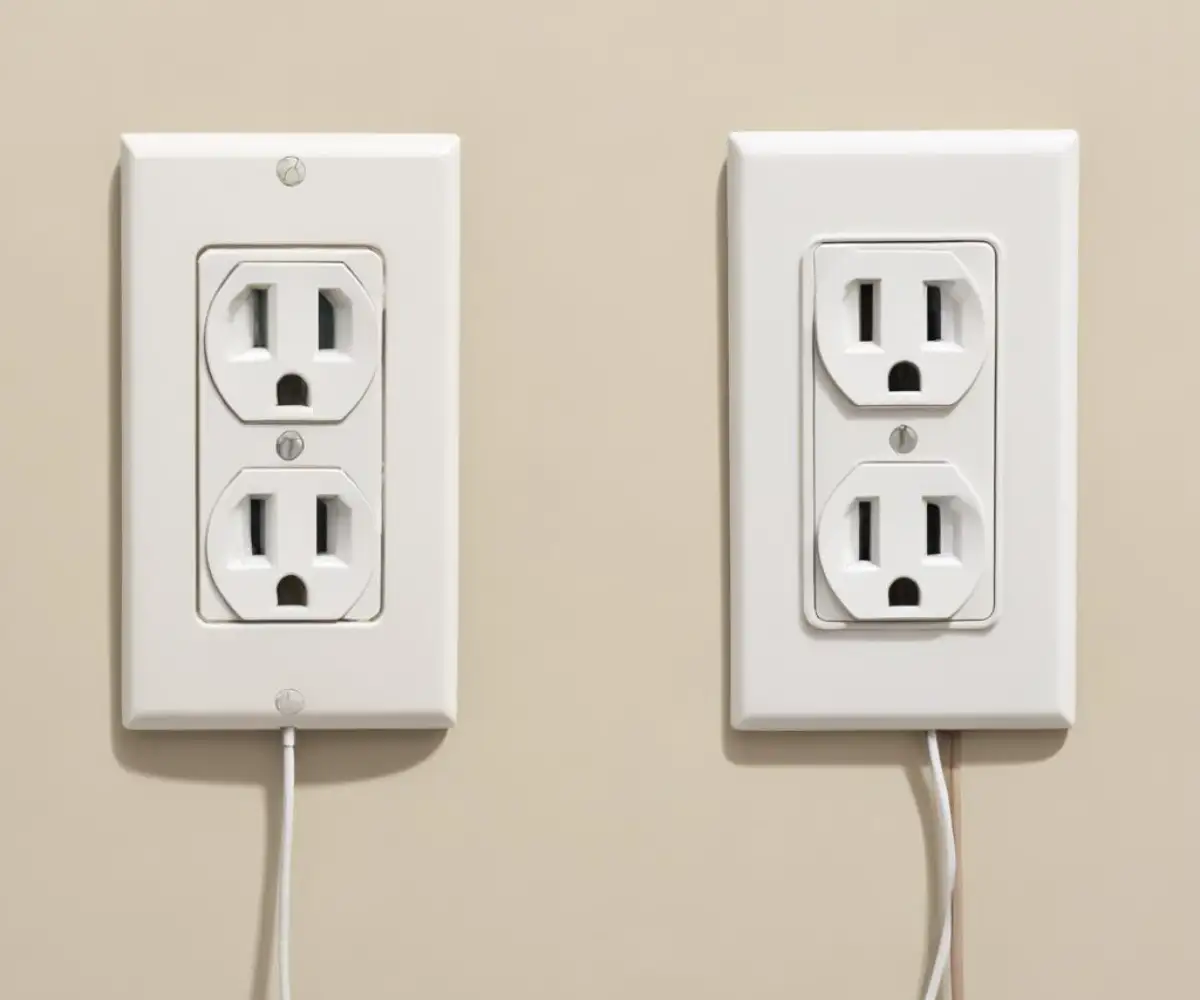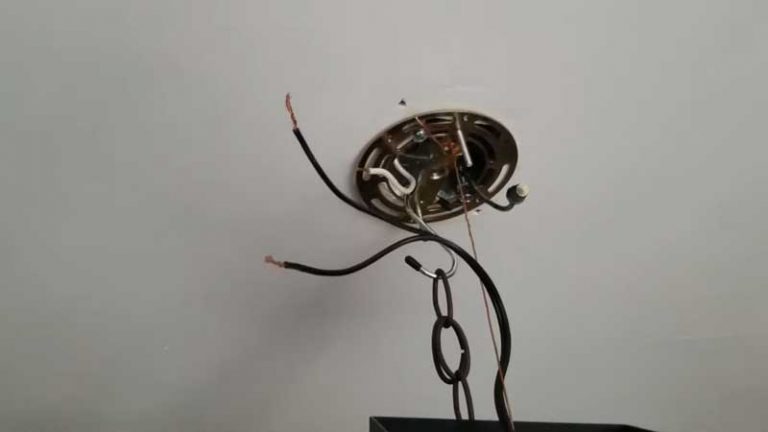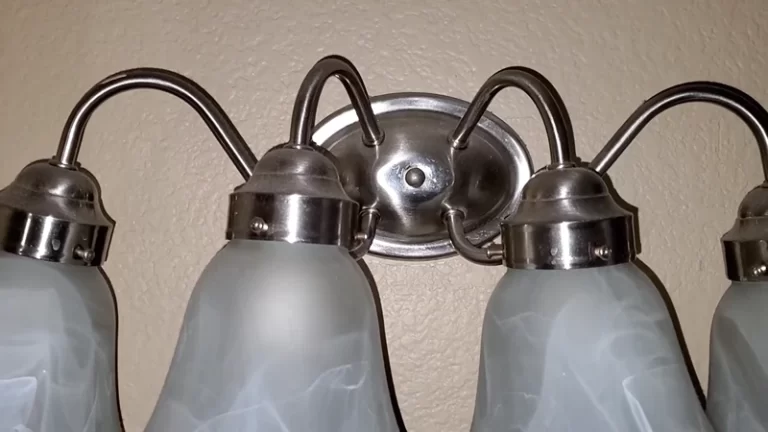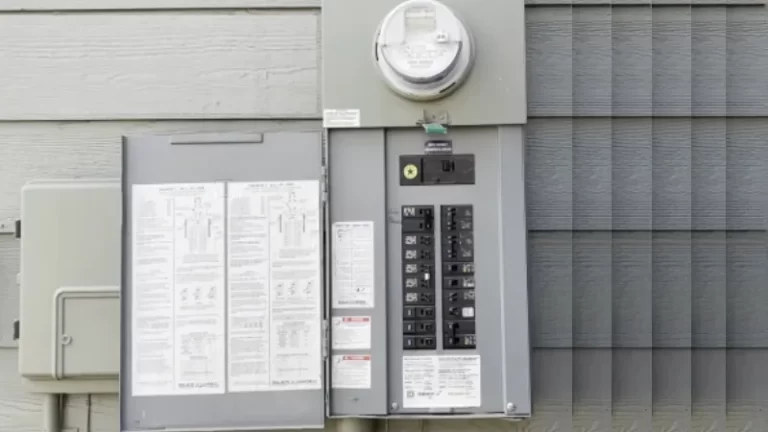Leviton vs Legrand: The Ultimate Showdown for Your Home’s Electrical
Choosing the right electrical outlets and switches for your home feels like a minor detail, but it’s a decision that impacts daily functionality, safety, and even your home’s aesthetic. You’re faced with a wall of options, and two names consistently rise to the top: Leviton and Legrand. This leaves many homeowners and even seasoned DIYers paralyzed with indecision, asking the fundamental question: which brand is truly better for my home?
The problem is that a surface-level glance reveals two industry giants offering seemingly similar products. This choice paralysis stems from a lack of clear, comparative information. You’re left wondering about durability, ease of installation, design subtleties, and smart home capabilities without a definitive guide to steer you right.
You'll Learn About
Decoding the Giants: A Tale of Two Brands
Before diving into a granular comparison, understanding the heritage of each company provides crucial context. Both Leviton and Legrand are titans in the electrical industry with long histories of innovation. They have established themselves as go-to brands for residential and commercial applications, but their philosophies and product focuses have subtle but important differences.
Leviton is an American company renowned for its vast catalog of electrical devices, particularly its Decora line, which set the standard for the modern “rocker” style switch. Legrand, a French multinational, is globally recognized for its emphasis on design and user experience, with popular lines like the Radiant and Adorne collections pushing aesthetic boundaries. Knowing this helps frame the choice: are you prioritizing a vast, cost-effective ecosystem or a design-forward, premium feel?

Aesthetic and Design Philosophy: Decora vs. Radiant
The most immediate difference you’ll notice is in their design language, particularly between their flagship product lines. Leviton’s Decora series is the quintessential modern standard. It features a clean, functional design with a glossy finish that is widely available and instantly recognizable.
Legrand’s Radiant collection, on the other hand, offers a more contemporary, upscale look. It’s characterized by a screwless wall plate and a smooth, satin finish that can elevate the look of a room. Some users prefer Legrand’s matte finish, as it can hide fingerprints and blend more seamlessly with wall paint. However, others have noted that the build quality of the Radiant faceplates can feel flimsy compared to the sturdier feel of Leviton’s traditional designs.
Quality, Durability, and Feel
When it comes to the tactile experience and long-term durability, opinions are often divided and depend on the specific product grade. Both brands offer multiple tiers, from basic residential to heavy-duty commercial or “spec-grade” options. For general home use, both are considered reliable choices.
Some electricians and DIYers report that Legrand switches can have a more satisfying and solid “click” action. Conversely, many professionals stand by Leviton for its workhorse reliability in outlets and GFCIs. A common point of contention with some Leviton tamper-resistant outlets has been the initial difficulty of inserting plugs, though this often eases over time and is a side effect of the safety mechanism.
The Critical Head-to-Head Comparison
To truly solve the “Leviton vs Legrand” dilemma, we need to break down their offerings feature by feature. This involves looking at their core products, their smart home ecosystems, and the practical considerations of installation and cost.
Switches, Dimmers, and Outlets
For standard switches and outlets, the choice often comes down to aesthetic preference and price. Leviton tends to be the more cost-effective option, making it a popular choice for large-scale projects or budget-conscious renovations. Legrand’s Radiant line typically comes at a slightly higher price point, reflecting its design focus.
In the realm of dimmer switches, Legrand often receives praise for its universal dimmers, which boast broad compatibility with various bulb types like LEDs, CFLs, and halogens. Leviton also offers excellent dimmers, but you may need to be more careful in matching the switch to your specific bulb type to avoid flickering or buzzing.
GFCI Outlets: The Safety Showdown
Ground Fault Circuit Interrupter (GFCI) outlets are non-negotiable safety devices for areas near water, like kitchens and bathrooms. Here, Leviton introduces a key patented feature: the reset button lock-out. If the GFCI detects a problem or is improperly wired, it locks the reset button, providing a clear visual indicator that it needs attention or replacement. This is a significant safety advantage.
While Legrand GFCIs are fully compliant with safety standards and perform reliably, they lack this specific diagnostic feature. For homeowners prioritizing the utmost in safety feedback, Leviton’s GFCI technology presents a compelling argument. Proper installation is key, as incorrect wiring is a common issue. If you’re tackling a remodel and start seeing issues like wall imperfections, it might be worth investigating how many nail pops are normal, as it can sometimes indicate underlying structural shifts.
Ease of Installation for the DIYer
For those who enjoy tackling home projects, ease of installation is a major factor. Both brands utilize standard wiring practices. However, electricians on forums often discuss preferences for the terminal screw designs of one brand over the other. Some find Legrand’s back-wiring mechanism, where a plate clamps down on the wire, to be more secure and user-friendly than wrapping a J-hook around a screw terminal.
Conversely, others are more familiar and comfortable with Leviton’s traditional setup. One practical advantage of many Legrand switches is their ability to be used in either single-pole or 3-way applications, offering more flexibility. With Leviton, you typically need to purchase the specific switch type for your wiring configuration.
Smart Home Integration: A Modern Battleground
In today’s connected home, the smart features of your electrical devices are paramount. This is an area where both Leviton and Legrand have invested heavily, but with different approaches to their ecosystems.
Leviton’s My Leviton Ecosystem
Leviton offers a robust smart home lineup within its Decora Smart series, primarily using Wi-Fi for connectivity. This means you don’t need a separate hub for your devices to work; they connect directly to your home’s Wi-Fi network. The My Leviton app allows for easy control, scheduling, and integration with major voice assistants like Amazon Alexa, Google Assistant, and Apple HomeKit.
The benefit of this approach is its simplicity and lower barrier to entry. The downside is that a large number of Wi-Fi devices can potentially congest your network. Leviton also offers Z-Wave and Zigbee options for those who prefer a dedicated smart home hub.
Legrand’s Radiant with Netatmo
Legrand’s smart home solution, often developed with their subsidiary Netatmo, is built around a central smart gateway or hub. Your smart switches, dimmers, and outlets communicate with this hub, which then connects to your router. This creates a more stable and dedicated mesh network for your smart devices, reducing the load on your Wi-Fi.
This hub-based system is often seen as more robust and scalable for larger smart homes. The Radiant with Netatmo collection offers a seamless look, integrating smart technology directly into their stylish designs. Choosing the right system depends on the scale of your smart home ambitions.
Feature-by-Feature Breakdown
To provide a clear, at-a-glance comparison, this table summarizes the key differences and strengths of each brand across the most important categories.
| Feature | Leviton | Legrand |
|---|---|---|
| Primary Aesthetic | Classic, functional (Decora line) with a glossy finish. | Modern, design-focused (Radiant line) with a satin/matte finish and screwless plates. |
| Price Point | Generally more cost-effective, great for budgets. | Slightly more premium pricing, especially for designer lines. |
| GFCI Technology | Patented reset lock-out feature for enhanced safety feedback. | Reliable and compliant, but lacks the lock-out diagnostic feature. |
| Switch Flexibility | Often requires specific switches for single-pole vs. 3-way. | Many switches are universal, working for both single-pole and 3-way setups. |
| Smart Home Approach | Primarily hub-free (Wi-Fi), connects directly to your router. Also offers Z-Wave options. | Primarily hub-based (with Netatmo), creating a separate, stable network. |
| Product Availability | Extremely widespread availability in major home improvement stores. | Widely available, but some designer lines may be less common in certain stores. |
Making the Final Decision: Which Brand Is Right for You?
The choice between Leviton and Legrand ultimately hinges on your specific priorities for your home project. There is no single “best” brand, only the brand that is best for your needs. Ask yourself the following questions to find your solution.
Choose Leviton If:
- You are budget-conscious. Leviton consistently offers high-quality products at a more accessible price point.
- You prioritize maximum safety feedback. The patented GFCI reset lock-out is a standout feature for safety-minded individuals.
- You prefer a simple, hub-free smart home setup. The Decora Smart Wi-Fi line is incredibly easy to set up and use without extra hardware.
- You want the widest possible availability. You can find Leviton products in nearly any hardware or home improvement store.
Choose Legrand If:
- Aesthetics are your top priority. The screwless, satin-finish look of the Radiant collection offers a distinctly modern and elevated style.
- You value tactile feel and design details. Many users prefer the feel of Legrand’s switches and the cohesion of their design collections.
- You are building a large, robust smart home. The hub-based “with Netatmo” system is designed for scalability and reliability without burdening your Wi-Fi.
- You want universal device flexibility. The convenience of a single switch that works for both single-pole and 3-way wiring can simplify purchasing and installation.
Ultimately, both brands offer exceptional quality and reliability. Whether you’re undertaking a full renovation or simply upgrading a few fixtures, you can’t go wrong. Consider even smaller, temporary upgrades for other areas of your home, like finding a renter-friendly shower door, to improve your space without major commitment. And remember, when making any electrical upgrades, safety is paramount. Making incorrect choices with materials can be hazardous, a principle that applies elsewhere in the home, too; for instance, you should never use play sand in a gas fireplace due to safety risks. By weighing the factors of design, cost, safety features, and smart home strategy, you can confidently select the brand that aligns perfectly with your vision for your home.



